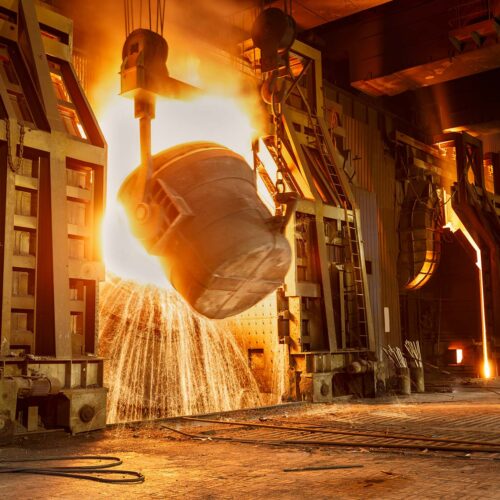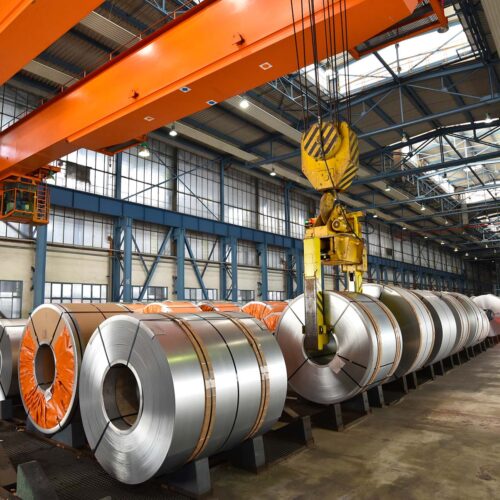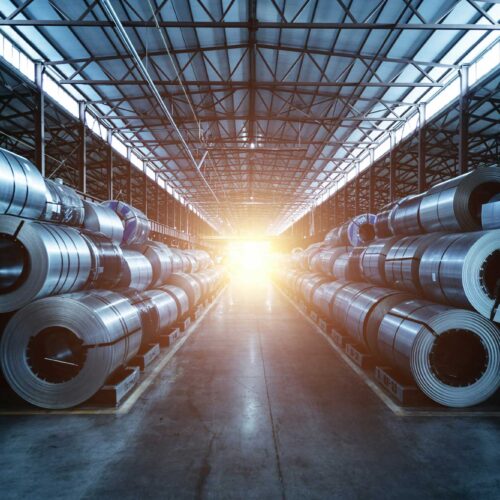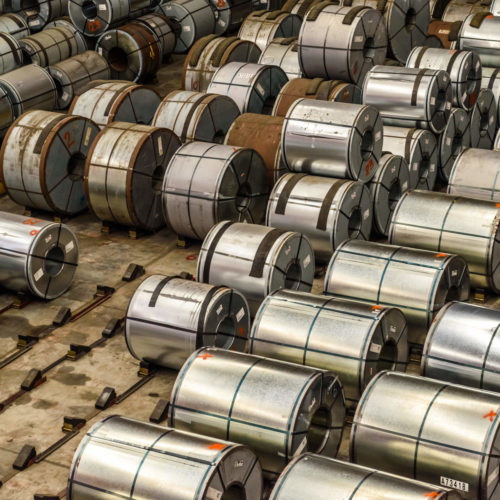Report

Steel Sector
The steel industry is a major contributor to global carbon pollution, accounting for 7 percent of all greenhouse gas emissions. If current trends continue, the steel industry is projected to consume up to 25 percent of the remaining 1.5°C carbon budget by 2050. This industry is pivotal in reducing global greenhouse gas emissions, but it requires immediate action from all stakeholders.
As part of the Horizon Zero project, the Climate Intelligence Program has released the Steel Emissions Reporting Guidance to help steel stakeholders to calculate their total steel supply chain emissions. The guidance provides essential information to ensure that all stakeholders are able to accurately measure and report their emissions, as well as to meet the demand for low embodied emissions steel — such as production with green hydrogen — and to differentiate emissions reductions from ore- and scrap-based production. The guidance is developed in partnership with the World Business Council for Sustainable Development’s (WBCSD) Automotive Partnership for Carbon Transparency (A-PACT) working group and has been reviewed by a broad range of stakeholders during the public consultation.
We are currently exploring different ways to leverage emission transparency and comparability to inform green steel purchasing decisions, supporting the development of a low-emissions steel market. We have pilot projects ongoing to test feasibility and integrity of accounting guidance, data exchange, and usage, as well as identify application challenges and determine area of improvement. The pilot projects provide an important platform for stakeholders to have open dialogue and explore opportunities for collaboration to demonstrate applications of our reported metrics in procurement decisions and corporate reporting.
Please reach out to Lachlan Wright for more information and opportunities to get involved in our work.
Article
Article
two-pager



